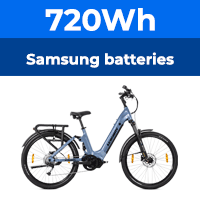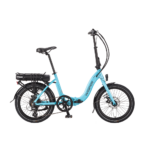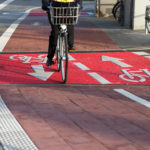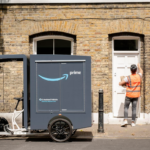Hi We (Ie I and my dearly beloved) are both in our 80's and have cycled many many miles on bikes and laterly our many tandems. - But... we are reaching the point where we need a "bit" of help on the hills. My wife has heart trouble and can't work as hard as she did and I just can't make up the difference. We live in Sheffield which is quite hilly, we can manage quite well on the flat but the hills really take it out of us. We (ie I ) plan to install a mid electric motor to our winter tandem a Viking Saratago.
As I understand it all the mid motor kits come with a right had chain wheel. Fitting the motor to the front crankset is problematic in that the tandem existing front chain wheel is on the left rather than the right driving a similar size chain wheel on the left in the stoker position. The right hand stoker chain wheel is a triple standard front chainset (24,32,42) driving a standard 8 shimano 8-34 cassette. I need to source two similar if not not identical chain wheels, one for the motor to drive and one to be driven in the stoker position. A second chainwheel (or maybe a double) to drive the rear chain. I also need to ensure that all the wires are long enough to fit a tandem rather than a standard bike.
I have done all my own bike and car repairs for over 70 years, and have yet to be beaten with any task. I have a well equipped workshop with all the necessary extractors, spanners socket wrenches, and similar tackle.
I have read with interest your many forum member posts, but no one seems to have tackled this problem exactly or maybe I've missed the post.
Any help or advice would be welcome.
As I understand it all the mid motor kits come with a right had chain wheel. Fitting the motor to the front crankset is problematic in that the tandem existing front chain wheel is on the left rather than the right driving a similar size chain wheel on the left in the stoker position. The right hand stoker chain wheel is a triple standard front chainset (24,32,42) driving a standard 8 shimano 8-34 cassette. I need to source two similar if not not identical chain wheels, one for the motor to drive and one to be driven in the stoker position. A second chainwheel (or maybe a double) to drive the rear chain. I also need to ensure that all the wires are long enough to fit a tandem rather than a standard bike.
I have done all my own bike and car repairs for over 70 years, and have yet to be beaten with any task. I have a well equipped workshop with all the necessary extractors, spanners socket wrenches, and similar tackle.
I have read with interest your many forum member posts, but no one seems to have tackled this problem exactly or maybe I've missed the post.
Any help or advice would be welcome.







